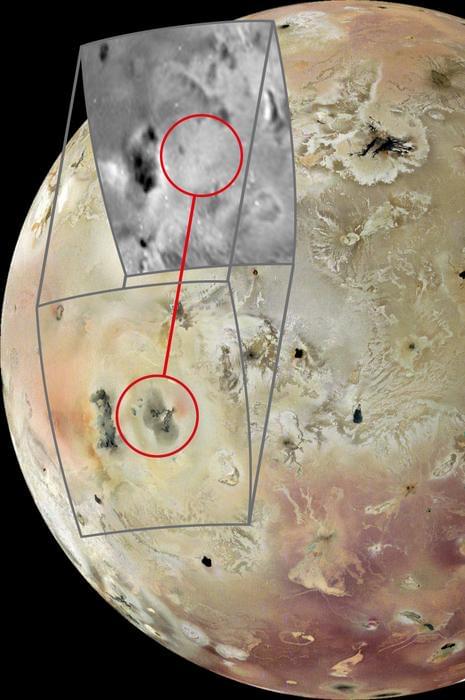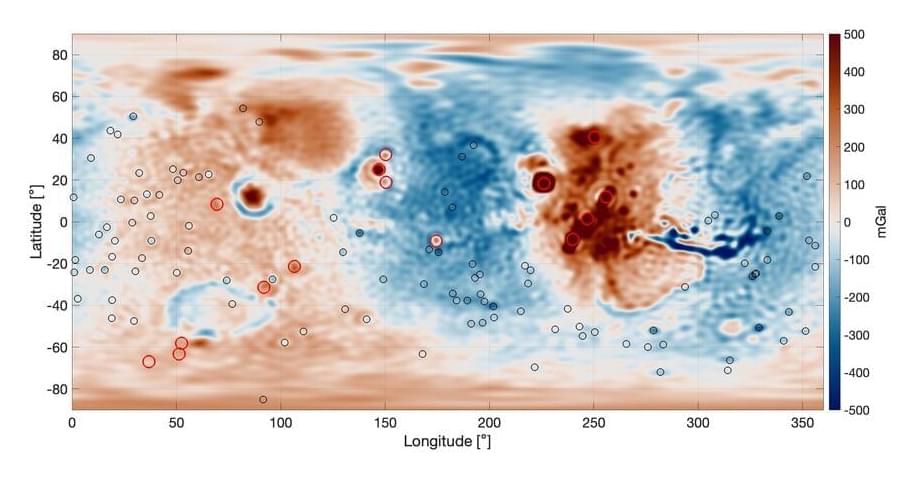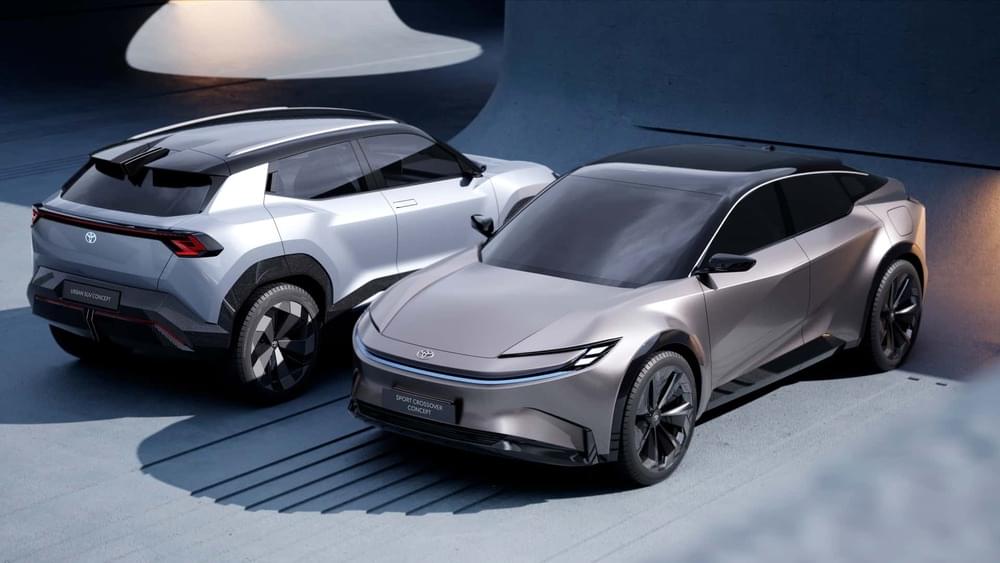A new analysis of Mars’ gravitational field has revealed hidden structures buried beneath the remains of an ancient ocean.
The work, which was presented this week at the Europlanetary Science Congress in Berlin, could add to a growing body of evidence that suggests the Red Planet may not be as geologically “dead,” or inactive, as once believed.
Overlaid with a thick and smooth layer of sediment which may have once been a seabed, the structures are significantly denser than their surroundings — though a more precise explanation of what they might be has so far eluded researchers.









